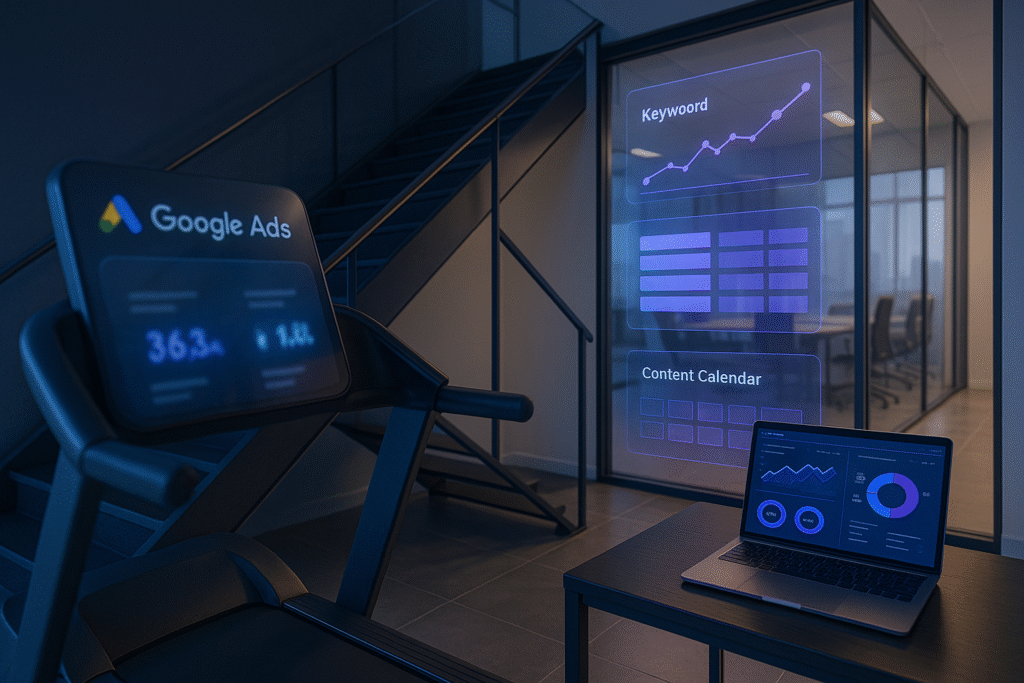When it comes to digital marketing, most business owners face a common dilemma: should they invest in SEO or in paid ads? Both strategies can bring traffic, leads, and sales, but the return on investment (ROI) depends on your business goals, budget, and growth timeline. In this blog, we break down the strengths and challenges of SEO and paid ads so you can make the right decision for your brand.
What is SEO?
Search Engine Optimization (SEO) is the process of improving your website’s visibility in search results. It includes keyword research, content optimization, backlink building, and technical improvements. The main advantage of SEO is that it delivers organic traffic which continues to grow over time without constant ad spend.
Benefits of SEO:
Long-term visibility and consistent traffic.
Higher credibility and trust from users.
Cost-effective in the long run compared to continuous ad spend.
Challenges of SEO:
Takes time (3–6 months minimum for visible results).
Requires consistent content creation and optimization.
Competitive industries may need more effort to rank.
What are Paid Ads?
Paid ads (like Google Ads, Meta Ads, and LinkedIn Ads) are campaigns where you pay to appear instantly in front of your target audience. Paid ads are ideal when you want fast results and measurable leads within a short time frame.
Benefits of Paid Ads:
Instant visibility and traffic.
Precise audience targeting based on demographics, interests, and behavior.
Easy to track ROI with detailed analytics.
Challenges of Paid Ads:
Can get expensive if not optimized properly.
Results stop the moment you stop spending.
Lower trust compared to organic search results.
ROI Comparison: SEO vs Paid Ads
Short-Term ROI: Paid ads usually win. Businesses can see results within days or weeks.
Long-Term ROI: SEO usually provides higher returns. Once your website ranks, it can bring traffic for months or years without extra cost per click.
Scalability: SEO builds a strong foundation while paid ads can scale campaigns quickly for seasonal promotions or product launches.
The best strategy often combines both. SEO secures long-term growth, while paid ads deliver quick wins.
Which Should You Choose?
If you need fast leads for a new product or event → Paid Ads.
If you want to build authority and reduce costs over time → SEO.
If you want the highest ROI overall → a smart mix of both SEO and paid ads.
Make sure when you’re thinking about the duration of your videos that you first research the platforms where you want to share them. The last thing you want to do is invest in a video that doesn’t work where you want to share it.
"SEO builds a foundation for the future, while paid ads deliver results today. The smartest businesses use both to maximize ROI."
How the Best Agencies Approach This
The most effective digital marketing agencies do not treat SEO and paid ads as competitors but as partners. A balanced approach looks like this:
Run targeted paid campaigns to test messaging and audience.
Use the data to refine SEO keyword strategy.
Invest in SEO for long-term organic growth.
Scale paid ads for seasonal campaigns and retargeting.
Conclusion
Both SEO and paid ads can deliver ROI, but in different ways. Paid ads are a sprint, while SEO is a marathon. The right approach depends on your goals, budget, and timeline. Businesses that combine the two unlock the best of both worlds: immediate results with paid campaigns and sustainable growth through SEO.




